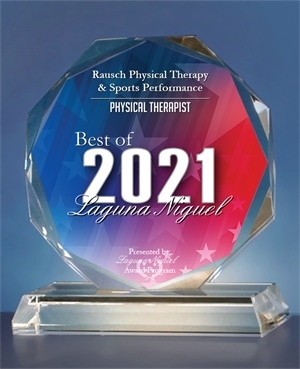Five Easy-to-Remember Run Cues to Help You Stay Injury-Free
November 7, 2018 11:54 pm / Category: Running

Ever feel overwhelmed by all the running advice out there? PT Max Biessmann shares his five key things to focus on to improve your run form and help stave off injuries (and hopefully become a little faster along the way!)
 BY MAX BIESSMANN, PT, DPT, RAUSCH PHYSICAL THERAPY
BY MAX BIESSMANN, PT, DPT, RAUSCH PHYSICAL THERAPY
USAT LEVEL I COACH, ASCA LEVEL I COACH, USA SWIMMING COACH
![]() @shiftendurancecoach
@shiftendurancecoach
Despite what some may think, there’s much more to running than simply throwing on your shoes and heading out the door. To run at your most efficient and remain injury-free, there are so many factors runners try to keep in mind while running, it can easily become overwhelming and too complicated to do correctly.
To keep things simple and effective, here are my five key things to focus on to improve your run form and help stave off injuries.
#1 – Keep your head up and chin tucked
The posture of your head can have a huge impact on your run form. Your head weighs about 10 lbs, and if that weight is not centered and stacked, it can throw off your entire posture and balance. Focus on keeping your chin slightly tucked and stay tall through the top of your head in order to maintain proper posture.
Tip: Be very aware of what you prefer to do once you get tired as that is when the posture will begin to fall apart
#2 – Shoulder blades back and down
Similar to head position your upper back and arms have a big impact on where your head and neck are. Keep your shoulder blades down to avoid strain/stress through your upper shoulders and neck.
Tip: Think of tucking your shoulder blades into your opposite back pocket
#3 – Ribs and hips connected
Many people forget the true purpose of your core: to help transmit strength and movement from upper limbs to lower limbs and visa versa. Don’t forget to keep your core engaged in order to help the cross body extension of opposite arm and leg.
#4 – Quiet feet
When running, especially when fatigued, make sure to try to land softly. Don’t be over concerned with what part of your foot is hitting the ground, just that your foot is soft and supple as it lands. Use the sound of impact to help guide you to find the right spot to land.
Tip: The other marker you can use to monitor this is your cadence, increasing cadence has been shown to reduce strain through the joints while running.
#5 – Cross-body extension
Your body works in spirals. As you run, your right arm extends, elbow back, as your leg extends. This cross body extension is a key component to good run form. As you fatigue, focus on maintaining your shoulder extension by pushing your elbow back; this will help maintain your hip extension as you run.
Conclusion
Master these five cues and you can continue enjoying running for a long time (and hopefully become a little faster along the way!) Ultimately, bad running form causes improper stress on tissue, joints and muscle, which can lead to an otherwise avoidable injury. So if you need some extra help with your run form, come in for a Run Right Gait Analysis with me at Rausch Physical Therapy.
 Max Biessmann, DPT is a licensed physical therapist at Rausch Physical Therapy & Sports Performance. He received his Doctorate of Physical Therapy degree at the University of St. Augustine, San Marcos in 2016 and started his career at Rausch PT. Max is passionate about helping people achieve their goals through physical therapy and innovative rehab technologies. As the Endurance Sports PT, Max says he’s lucky to be able to combine his professional coaching experience and PT knowledge to help his patients achieve their personal bests in sports and daily life.
Max Biessmann, DPT is a licensed physical therapist at Rausch Physical Therapy & Sports Performance. He received his Doctorate of Physical Therapy degree at the University of St. Augustine, San Marcos in 2016 and started his career at Rausch PT. Max is passionate about helping people achieve their goals through physical therapy and innovative rehab technologies. As the Endurance Sports PT, Max says he’s lucky to be able to combine his professional coaching experience and PT knowledge to help his patients achieve their personal bests in sports and daily life.


